Construction is evolving. Volatility in building materials and the labor market are contributing towards rising costs and general uncertainty. Owners are looking for ways to build simpler and faster. As more emphasis is put on schedule, BIM, building material innovations and prefabrication are changing the way we build. However, the architecture of the building doesn’t have to be sacrificed. Contractors are looking for ways to get the job done quicker and more efficiently without eliminating the architectural integrity. GFRG can provide that eye-catching architecture simpler, faster, and better than traditional construction methods.
Glass fiber reinforced gypsum is a composite cast material consisting of industrial, high strength gypsum and continuous strand fiberglass. It is a lightweight, highly durable cast material that is capable of being manufactured into complex shapes and designs. In short, GFRG makes the complex interior design simple. The manufacturing process requires a high level of detail from start to finish.
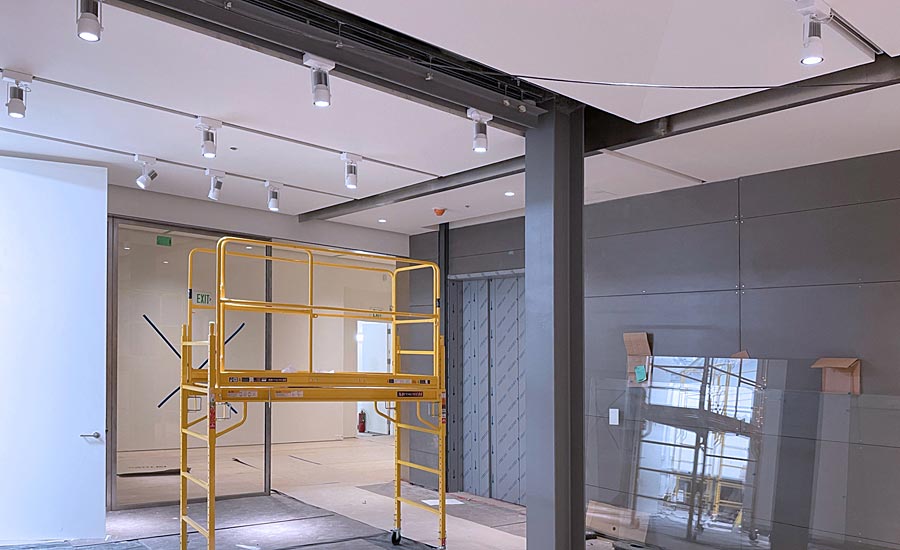
The Process
The process begins with design and shop drawings. The manufacturer will generate a set of drawings that shows design, tolerances, attachments, and assembly. Once the drawings are approved, the project moves into manufacturing. Because GFRG is a cast product, the most critical step in manufacturing is machining the molds. Most molds are manufactured using cutting edge technologies like advanced 3-D modeling and computerized numerical control manufacturing.
Molds are made from a variety of products including rubber, FRP, and form boards. The number of pieces, the complexity of the shape, and project schedule all dictate the materials used when manufacturing the molds. When the molds are complete, the GFRG is cast into the mold either by spraying or by hand. The casting is built up to the required thickness using layers of industrial grade gypsum and continuous strand fiberglass mat. The part is then cured, patched, and prepped and ready for installation. The finished product is a strong, lightweight product that is easy to install and finish in the field.
When utilizing a properly designed GFRG system, contractors can eliminate unnecessary framing, cut labor costs, and shorten installation schedules while providing the customer with a better solution than traditional framing and drywall.
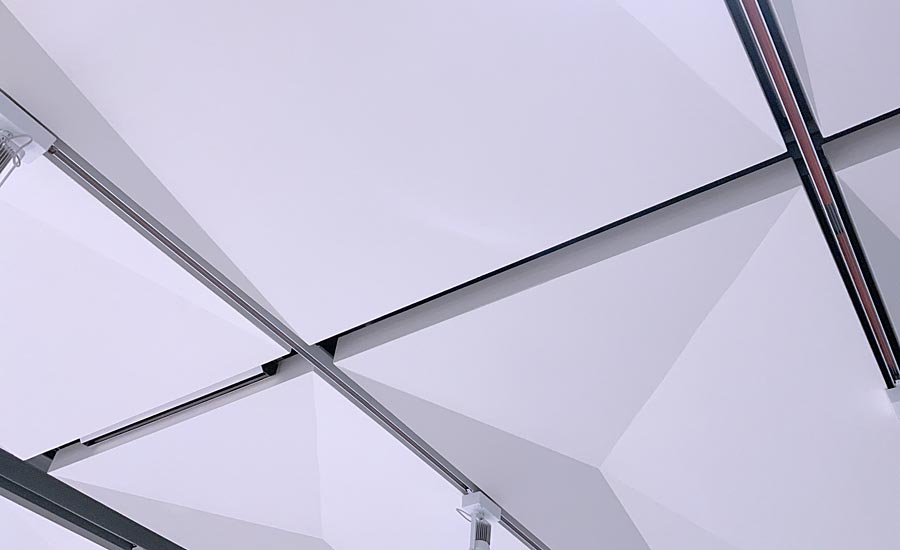
GFRG in Action
The Mingei International Museum, located in the famous Balboa Park in San Diego is a great example of GFRG providing a simpler, faster, and better solution for a complex ceiling. Because of the high level of detail required, labor and material costs drove the traditional framing and drywall system outside of the budget for this project. Robert Day, a senior project manager with Raymond Group, was responsible for the installation and finishing of the GFRG at the Mingei Museum.
“Switching the ceiling coffers from a typical framing and drywall system to GFRG enabled us to get the project done on time and on budget while giving the customer the high level of detail they were looking for,” he says.
Using GFRG, they were able to simplify the installation, eliminate a large portion of the framing, and complete the installation in a fraction of the time.
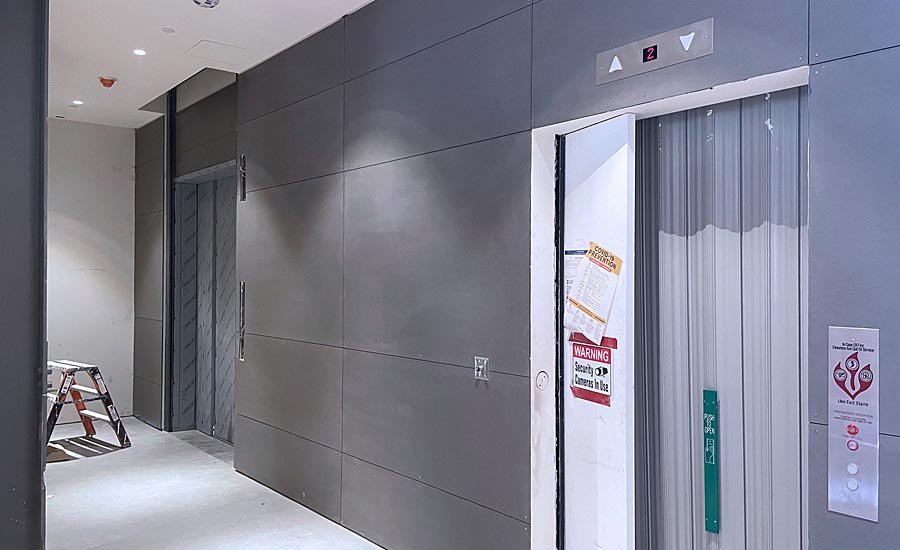
Utilizing GFRG
While the customizable nature of GFRG makes it a great fit for ceilings, columns, and architectural features on new construction, it also is a great fit for historical renovations. Often historical cast plaster or run-in-place plaster molding is difficult to repair and hard to replace. However, GFRG can be used as a modern alternative product that once installed, is indistinguishable from historical plaster methods. Many large cities’ historical preservation committees, such as Seattle are now accepting GFRG as an acceptable substitution for historical plaster. GFRG can provide a simpler, faster, and better solution to seamlessly blend modern technology with old world architecture.
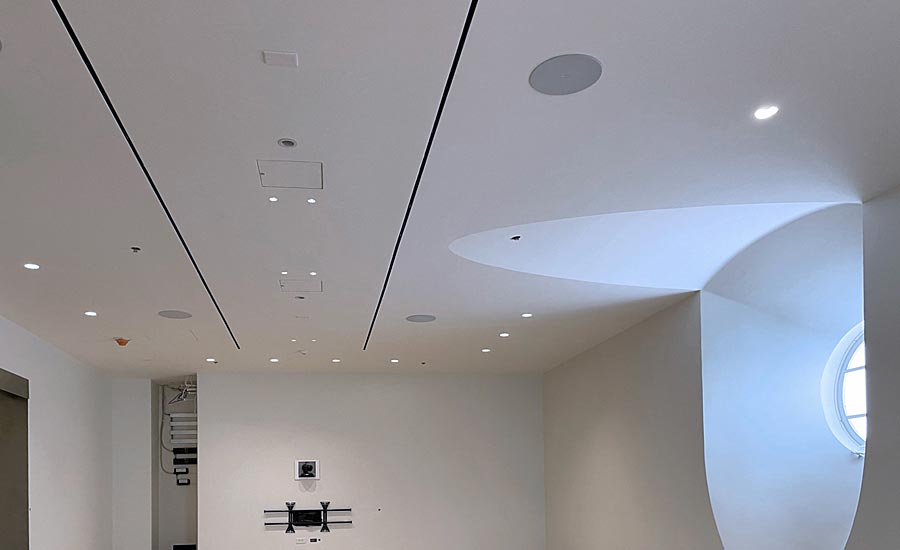
While GFRG is primarily a custom product, there are still standard uses. There are standard columns, light coves, and trims, but the largest standard product is GFRG access panels. GFRG access panels blend seamlessly into any drywall system. With a tapeable flange, the access doors are almost invisible to the untrained eye. And because the panel is made out of gypsum, it will expand and contract at the same rate as drywall virtually eliminating cracks and rust that are common with other access panels. The standard panels with the drop-in door are a great solution for most ceilings. For vertical applications or in projects that require lockable access doors, hinged GFRG panels offer a seamless solution. The panels are available in a variety of standard sizes, and many GFRG manufacturers keep standard sizes in stock and offer custom sizes when the project demands. When access is needed or code requires an access door, hinged and drop-in GFRG access panels offer an aesthetically pleasing solution.
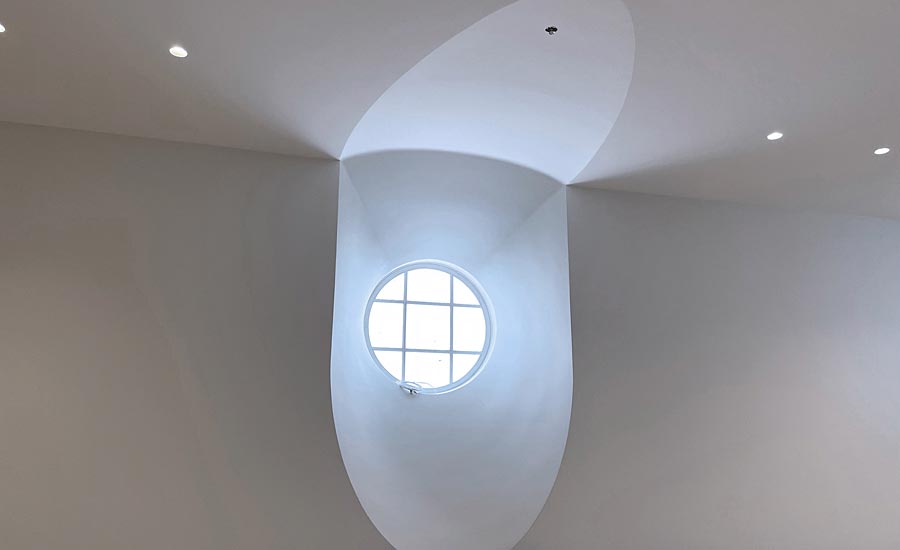
As construction continues to evolve, innovative contractors will continue to look for new and better ways to build. GFRG offers a great solution to finish the project more efficiently while still looking after the architecture of the building. Whether it be something as simple as a GFRG access panel or column cover or something as complex as a custom architectural ceiling system, GFRG makes building simpler, faster, and better.



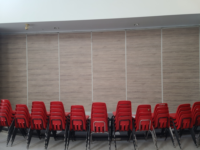
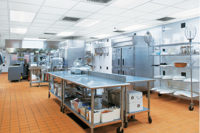
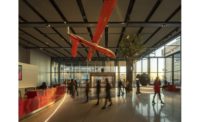
Report Abusive Comment